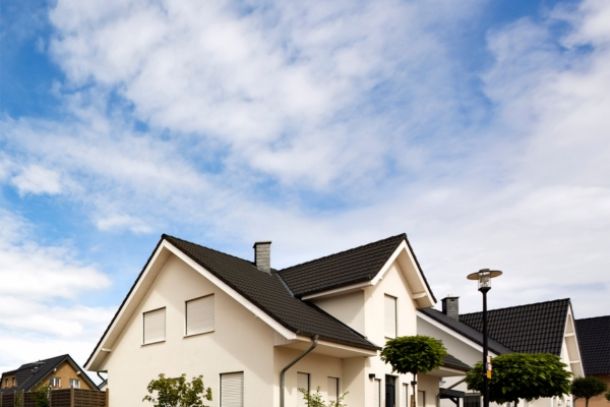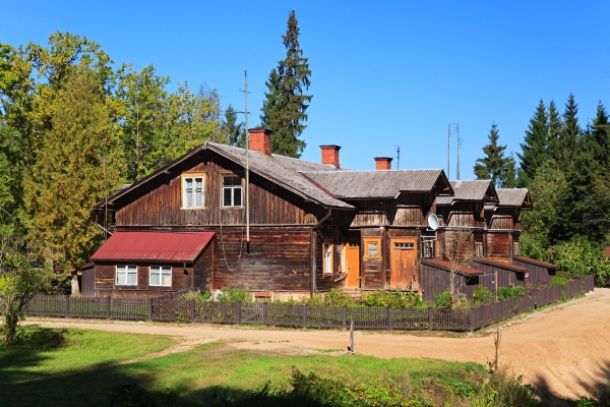Timber Traditions in DIY Wooden Home Building
Timber Traditions in DIY Wooden Home Building
For generations, timber has been at the heart of wooden home building, with traditional techniques passed down through skilled craftsmen. “Timber Traditions in DIY Wooden Home Building” celebrates these time-honored methods while integrating modern innovations to create homes that are not only beautiful but built to last. This guide delves into the rich heritage of timber construction and provides practical, step-by-step instructions for DIY builders looking to incorporate traditional craftsmanship into their projects.
Introduction
The charm of wooden homes lies in their connection to nature and the rich legacy of timber craftsmanship. Traditional timber building methods have shaped structures that withstand the test of time and the elements. Today’s DIY builders can draw inspiration from these traditions while leveraging modern tools and materials to enhance their projects. This article explores the essential timber traditions, from classic joinery techniques to historical framing methods, and shows how they can be adapted for contemporary DIY wooden home building.
Embracing Traditional Timber Practices
Historical Context:
Understanding the history of timber construction provides valuable insights into the techniques that have proven effective over centuries. Many traditional methods—such as interlocking joinery and hand-hewn beams—were developed to maximize the natural properties of wood. Studying these methods can inspire a deeper appreciation for the craft and guide modern adaptations.
Time-Tested Joinery Techniques:
Traditional joinery methods, such as dovetail, mortise and tenon, and scarf joints, have been used to connect timber without relying heavily on metal fasteners. These techniques create strong, durable joints that not only offer structural integrity but also contribute to the visual appeal of the home. Practicing these methods on smaller projects can build confidence and skill, preparing you for larger builds.
Hand-Hewing and Shaping Timber:
In the past, timber was often hand-hewn using axes and adzes to create beams and panels with a distinctive character. While modern saws and power tools offer precision and efficiency, incorporating elements of hand-hewn wood can add a rustic, authentic touch to your home. Consider blending machine-cut components with hand-finished details for a harmonious balance of tradition and modernity.
Integrating Modern Tools with Traditional Methods
Enhancing Traditional Techniques:
Modern tools can complement traditional timber practices. Laser levels, digital calipers, and precision saws help ensure that hand-hewn beams and traditional joinery are executed with greater accuracy. This integration allows you to maintain the authenticity of traditional methods while benefiting from the efficiency and precision of contemporary technology.
Hybrid Construction Approaches:
A hybrid approach that combines time-honored techniques with modern materials can yield remarkable results. For instance, you might use traditional joinery for visible elements like exposed beams and combine them with modern connectors or engineered wood products for hidden structural components. This strategy preserves the aesthetic charm of traditional timber while ensuring enhanced durability and safety.
Step-by-Step Process for DIY Timber Construction
Blueprints Rooted in Tradition:
Begin your project with detailed blueprints that honor traditional designs. Focus on layouts that emphasize natural light, open spaces, and the prominent display of timber elements. Historical architectural influences—such as log cabin designs or European timber framing—can provide a rich source of inspiration.
Foundation and Framing:
Lay a robust foundation that complements the timber structure. Traditional timber homes often use a pier and beam system, which allows the wood to breathe and reduces moisture contact with the ground. Frame your home using quality, treated timber, paying close attention to the alignment and stability of each component. Traditional methods, such as using pegged joints, can be combined with modern adhesives and fasteners to secure the frame.
Constructing with Care:
As you build, employ traditional joinery techniques for critical connections. Work slowly and methodically, allowing the wood to guide you. Each cut, notch, and joint should be executed with precision, respecting the natural grain and character of the timber. Document your process and reflect on the craftsmanship involved—this practice not only improves your skills but also deepens your connection to the building process.
Finishing and Preservation:
Traditional wooden homes often feature natural finishes that enhance the wood’s inherent beauty. Use eco-friendly stains, oils, or sealants that protect the timber while allowing its texture and grain to shine through. Exterior and interior finishing should be approached with the same care as the construction process, ensuring that your home remains both beautiful and durable over time.
Maintenance and Legacy of Timber Traditions
Regular Care and Inspection:
Traditional timber structures require ongoing maintenance to preserve their charm. Establish a routine for inspecting joints, resealing surfaces, and addressing any signs of moisture or pest activity. This commitment to care ensures that the legacy of traditional craftsmanship is maintained for future generations.
Passing Down the Craft:
One of the most rewarding aspects of embracing timber traditions is the opportunity to pass on these skills. Document your techniques, share your experiences with fellow DIY enthusiasts, and consider mentoring others. By preserving and sharing traditional timber practices, you contribute to a living legacy that enriches the art of wooden home building.
Conclusion
Timber traditions in DIY wooden home building offer a unique blend of historical craftsmanship and modern innovation. By embracing time-tested joinery techniques, hand-hewn detailing, and hybrid construction methods, you can create a home that is both structurally robust and rich in character. This guide encourages you to honor the legacy of traditional timber practices while leveraging modern tools to achieve precision and efficiency. The result is a wooden home that stands as a testament to the enduring beauty of timber and the timeless art of craftsmanship.


